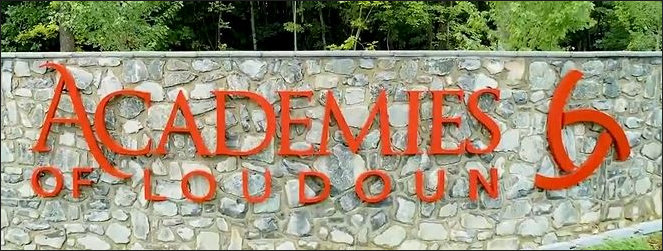Virginia Attorney General Mark Herring has launched an investigation into Loudoun County public schools for failing to provide African American students equal access to advanced programs, reports the Washington Post. The announcement follows charges by the Loudoun NAACP that discrimination against African-Americans is “not just rampant, it’s systemic.”
It never ceases to amaze me how such politically progressive school districts can be so racist. Remember, Loudoun is the school system that introduced 5- and 6-year-olds to LGBT ideology by distributing “My Princess Boy.” And in August, Superintendent Eric Williams issued a statement condemning white supremacy and other forms of hate, emphasizing that the school system “rejects racist and other hateful behavior and language.”
From what I can gather from the WaPo article, the NAACP has two complaints. One is that African-American students are the victims of racist bullying and are subjected to a “hostile learning environment.” The other is that they are denied access to the challenging curriculum of gifted programs and AP classes.
The WaPo provided no specific instances of racist or bullying behavior in the article, but it did call attention to the under-representation of African-Americans in the Academy of Science and the Academy of Engineering and Technology. In the fall of 2019, only two black students were enrolled in the Academy of Engineering and Technology compared to 79 Asians and 62 whites.
This is pure conjecture on my part — call me crazy — but maybe admission into Loudoun’s elite schools is related in some way to academic achievement. In the case of an academy of engineering and science, one might expect admission to be tied specifically to achievement in math and science.
Here are the “advanced pass” rates for 8th-grade math Standards of Learning tests in Loudoun County:
Asian — 10.00%
White — 4.14%
Black — 1.88%
Hispanic — 3.21%
Here are the “advanced pass” rates for 8th-grade science Standards of Learning tests in Loudoun County:
Asian — 38.41%
White — 25.06%
Black — 10.05%
Hispanic — 7.57%
It’s obvious from these numbers that Asian students would predominate in the Academy of Engineering and Technology. While the gap between whites and blacks is wide in the SOLs, however, it is even wider in academy admissions. That may warrant a closer look. It would be interesting to know what criteria the schools use for admissions, and how objective they are.


Leave a Reply
You must be logged in to post a comment.